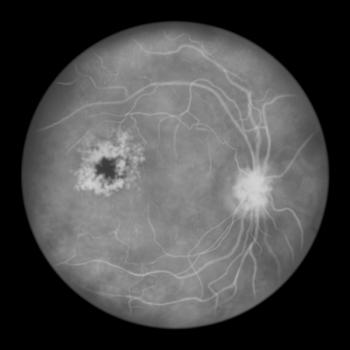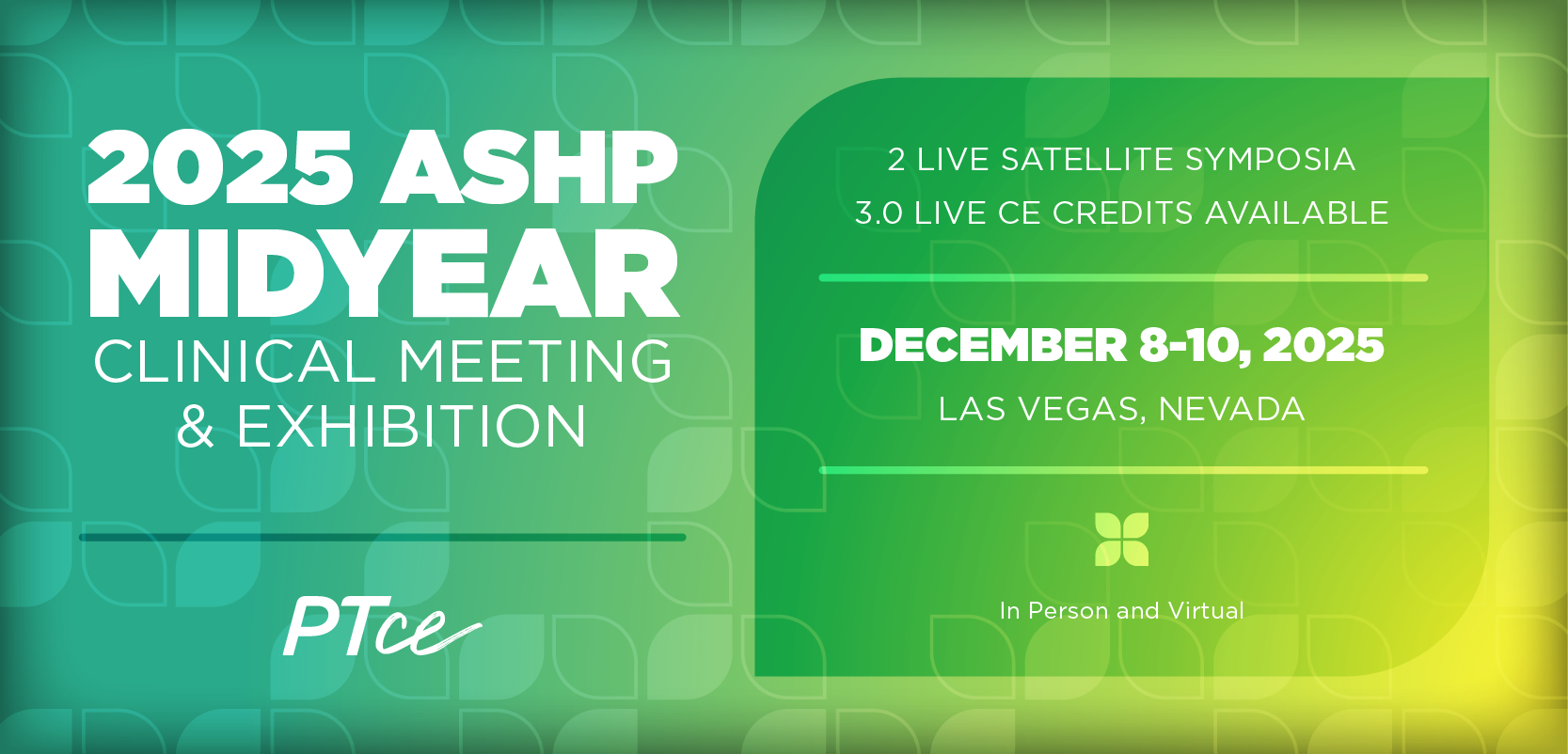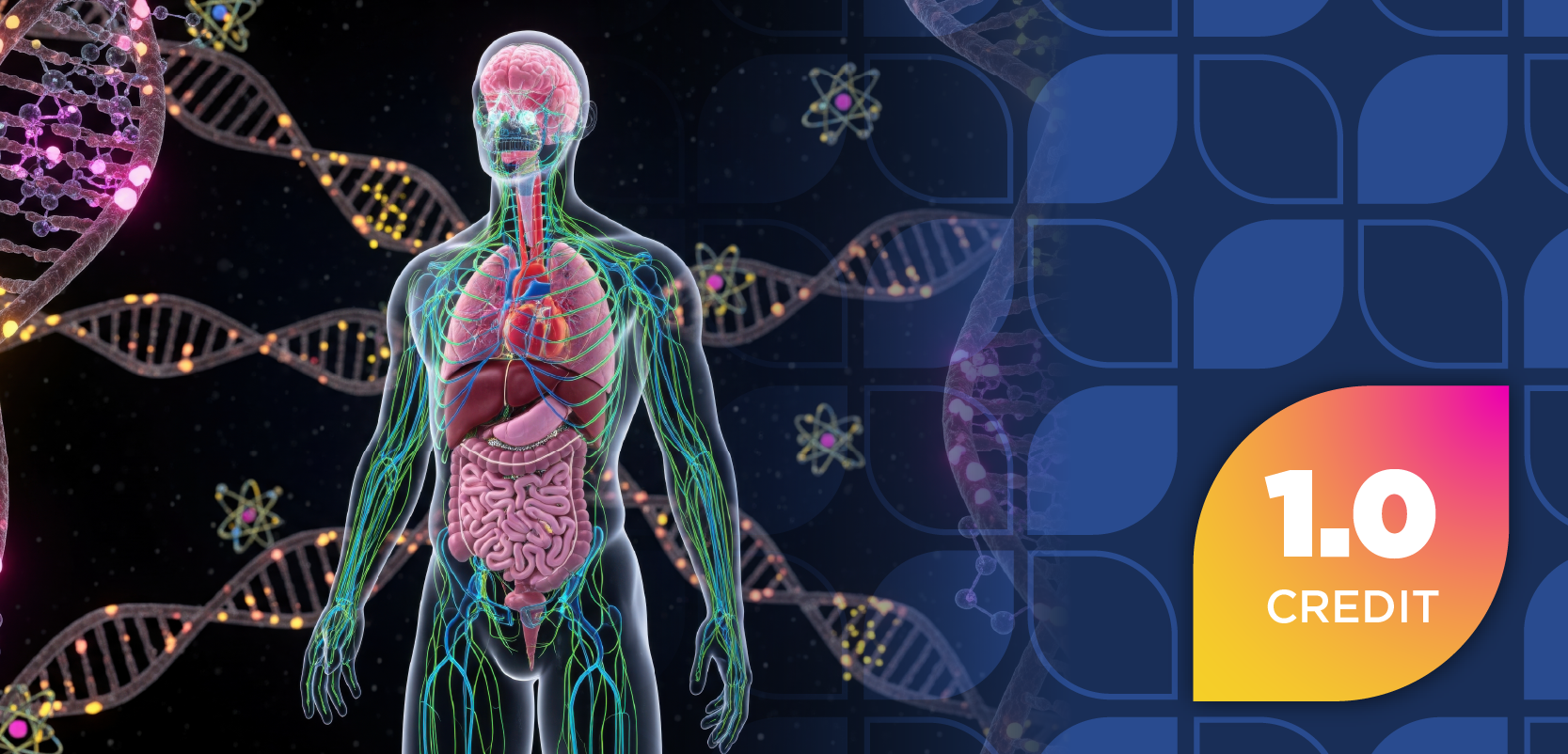
- November 2025
- Volume 91
- Issue 11
Technological Developments Usher in the Future of Medication Safety
Key Takeaways
- Medication errors cause significant financial and societal impacts, necessitating improved safety measures beyond traditional methods.
- Technological advancements, including electronic health records, AI, and blockchain, enhance medication safety by reducing errors and improving patient care.
Tools Like Robotic Dispensing Services, Pharmacogenomics, and Regulatory Changes Are Changing How Pharmacy Works
The costs associated with medication errors are estimated to be $42 billion annually worldwide.1 The true cost of medication errors, however, far surpasses the financial. Immense human suffering and erosion of trust in the health care system are very real consequences of medication errors that have a profound impact on society.
Pedantic protocols, careful verification procedures, and a strong emphasis on pharmacist-patient communication have long been the foundation of medication safety. Although these manual processes and human oversight have improved medication safety, persistent challenges still exist and continue to grow. The future of medication safety will move beyond these traditional methods through the integration of technology, genomics, and enhanced patient engagement, creating a personalized and proactive approach to medication safety.
Technology
Technology improves medication safety by using centralized information and automated processes to reduce errors and enhance patient care. These technologies provide real-time alerts to confirm correct patient, drug, dose, route of administration, and timing to minimize and prevent adverse drug reactions.2 Some of these technological advancements include the following3-10:
- Electronic health records provide centralized patient information, including medical history, allergies, and medications, that is consistent and easily accessible.
- Computerized provider order entry averts problems with legibility, soundalike drug names, and specification errors. This is particularly true when integrated with electronic medical records and clinical decision support systems.
- Clinical decision support systems are designed to assist in evidence-based decisions incorporating patient specifics, clinical knowledge, and other data. These can support early disease detection, diagnosis, data interpretation, treatment planning, and patient monitoring.
- Barcode medication administration significantly improves medication safety by ensuring that the right patient receives the right medication at the right time.
- Automated dispensing devices are secure storage devices that dispense medications to patients at the point of care. This decreases the likelihood of delayed or omitted patient doses, thereby reducing patient risk.
- Robotic dispensing systems are capable of organizing medications, monitoring expiration dates, and controlling inventory. They can count out and bottle medications, label bottles, and access patient data. Because they store medications in individual cells, they also prevent cross-contamination.
- Smart infusion pumps are used to deliver medications at precise rates. These have several key features that reduce medication errors, improve patient safety, enhance efficiency and workflow, and minimize waste. They contain a drug library that stores drug information, dose error reduction software, soft and hard limits, and patient specifics. They can also integrate with electronic health records and other devices for data exchange.
- Electronic medication reconciliation systematically compares patients’ current medications with their orders to reduce omissions, duplications, and interactions. This leads to more accurate medication lists and improved medication safety.
- Artificial intelligence can analyze vast amounts of data from electronic health records to proactively mitigate medication errors using patient-specific information. Artificial intelligence can also quickly process millions of adverse reaction reports to identify safety concerns more efficiently.
- Blockchain technology can create a secure, incontrovertible record tracking medications from manufacturer to patient. This is helpful in preventing counterfeit drugs from entering the supply chain and for tracing recalled products.
Personalized Medicine
Personalized medication safely maximizes drug effectiveness and minimizes adverse effects by using a patient’s genetic framework, current health conditions, and individual lifestyle habits to personalize treatment plans. Some of these advancements include the following11-13:
- Pharmacogenomics is the study of how a patient’s individual genetic makeup affects their response to certain medications. This field combines the science of drugs (pharmacology) with the science of gene function (genomics) to maximize effectiveness and minimize harm.
- Next-generation sequencing tests provide essential data to perform personalized treatments tailored to specific patient characteristics or the genetic profile of an individual’s tumor.
- Digital twins combine diverse patient health data with disease state modeling to produce a dynamic, digital copy of the patient. This personalized disease model can then be used to observe disease metrics, predict progression, and simulate different treatment outcomes.
- Adherence support is critical for improving medication safety. Mobile health applications, along with smart pill dispensers, can personalize data to provide educational information and reminders.
- Remote monitoring of patients’ medication and vital signs can be accomplished through telemedicine, allowing for prompt intervention in the event of any issues that arise.
Regulation
The health care regulatory landscape must evolve to accommodate rapid advancements in health care technology. Areas of change include the following14:
- Data privacy and security: Technology-driven health care systems are vulnerable to data breaches and cyberattacks through the targeting of patient information, intellectual property, and drug data. An increased reliance on digital systems creates entry points for attackers to use ransomware, commence phishing, and breach artificial intelligence data pipelines.
- Ethical and transparent use of artificial intelligence: Regulatory agencies must familiarize themselves with emerging technologies to determine how they may be evaluated within the present regulatory framework and what changes need to be made to regulate these technologies in the future.
- Adaptive artificial intelligence: Regulators should develop protocols for evaluating the risks, effectiveness, and safety of artificial intelligence applications that can change based on machine learning.
- Virtual services: The proliferation of virtual care has resulted in new regulations for licensure, prescribing practices, patient safety, and reimbursement for remote services.
Conclusion
Technology is having a profoundly positive effect on medication safety. From ordering to administration, innovations such as automation, electronic records and clinical decision support systems, barcoding, and smart pill devices are closing gaps in medication safety and leading to better patient outcomes.
Regulatory agencies must work hard to keep up with the advances in health care technology. Medication safety is a collaborative effort that requires prioritized and enforced ethical and safety standards.
About the Author
Kathleen Kenny, PharmD, RPh, earned her doctoral degree from the University of Colorado Health Sciences Center. She has more than 30 years of experience as a community pharmacist and works as a clinical medical writer based in Albuquerque, New Mexico.
REFERENCES
Medication without harm. World Health Organization. Accessed October 9, 2025.
https://www.who.int/initiatives/medication-without-harm Collins S. Technology can reduce medication errors; pharmacy must embrace it. American Pharmacists Association. Accessed October 9, 2025.
https://www.pharmacist.com/Blogs/CEO-Blog/technology-can-reduce-medication-errors-pharmacy-must-embrace-it Tariq S, Tariq S, Shoukat AA. Centralized healthcare database for ensuring better healthcare: are we lagging behind? Pak J Med Sci. 2024;40(3Part-II):257-258. doi:10.12669/pjms.40.3.9084
Computerized provider order entry. Patient Safety Network. March 15, 2025. Accessed October 9, 2025.
https://psnet.ahrq.gov/primer/computerized-provider-order-entry Clinical decision support. Agency for Healthcare Research and Quality. Updated November 2024. Accessed October 9, 2025.
https://www.ahrq.gov/cpi/about/otherwebsites/clinical-decision-support/index.html Grechuta K, Shokouh P, Alhussein A, et al. Benefits of clinical decision support systems for the management of noncommunicable chronic diseases: targeted literature review. Interact J Med Res. 2024;13:e58036. doi:10.2196/58036
Alanazi MF, Shahein MI, Alsharif HM, et al. Impact of automated drug dispensing system on patient safety. Pharm Pract (Granada). 2022;20(4):2744. doi:10.18549/PharmPract.2022.4.2744
Alamer F, Alanazi AT. The impact of smart pump technology in the healthcare system: a scope review. Cureus. 2023;15(3):e36007. doi:10.7759/cureus.36007
Ciudad-Gutiérrez P, Del Valle-Moreno P, Lora-Escobar SJ, Guisado-Gil AB, Alfaro-Lara ER. Electronic medication reconciliation tools aimed at healthcare professionals to support medication reconciliation: a systematic review. J Med Syst. 2023;48(1):2. doi:10.1007/s10916-023-02008-0
Zakari N, Al-Razgan M, Alsaadi A, et al. Blockchain technology in the pharmaceutical industry: a systematic review. PeerJ Comput Sci. 2022;8:e840. doi:10.7717/peerj-cs.840
What is pharmacogenomics? MedlinePlus. Updated March 22, 2022. Accessed October 9, 2025.
https://medlineplus.gov/genetics/understanding/genomicresearch/pharmacogenomics/ Precision medicine. FDA. September 27, 2018. Accessed October 9, 2025.
https://www.fda.gov/medical-devices/in-vitro-diagnostics/precision-medicine Sadée C, Testa S, Barba T, et al. Medical digital twins: enabling precision medicine and medical artificial intelligence. Lancet Digit Health. 2025;7(7):100864. doi:10.1016/j.landig.2025.02.004
Li J. Security implications of AI chatbots in health care. J Med Internet Res. 2023;25:e47551. doi:10.2196/47551
Articles in this issue
3 days ago
OTC Case Studies: Common Cold5 days ago
November 2025 Trending Products7 days ago
November 2025 Pharmacy Policy Updates10 days ago
Start With the Vision, Not the Numbers11 days ago
Pharmacist Spotlight: Amir Masood, PharmD14 days ago
Guiding Patients Through UncertaintyNewsletter
Stay informed on drug updates, treatment guidelines, and pharmacy practice trends—subscribe to Pharmacy Times for weekly clinical insights.


























































































































































































































